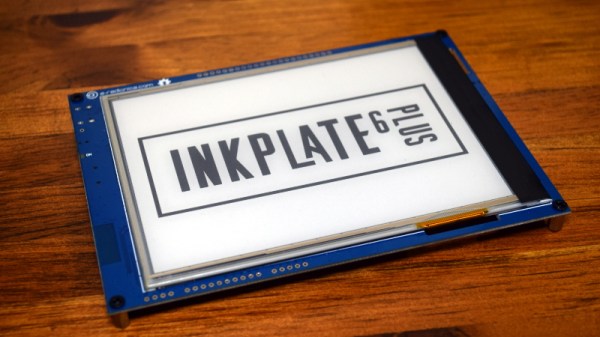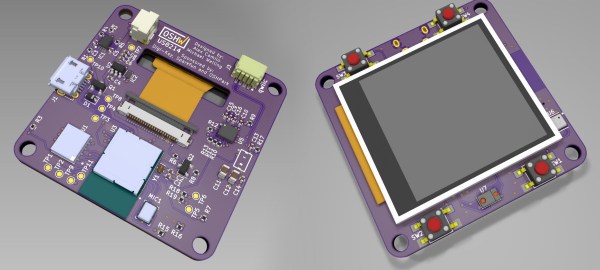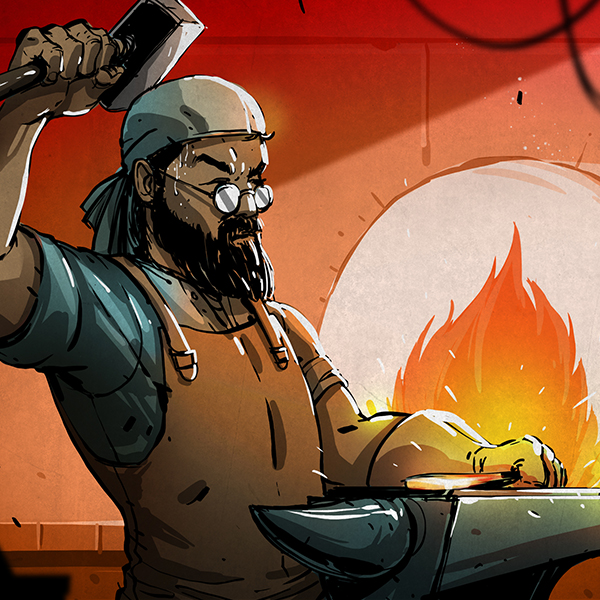Although the most popular e-reader by far is the Kindle, some argue that its primary use isn’t even as an e-reader at all but rather as a storefront for one of the world’s richest companies. For those who want user-focused consumer electronics instead, we’ll often reach for something more untethered, like an off-brand ebook that’s nothing more than an Android tablet with an e-paper display or even a jailbroken Kindle freed from the chains of Amazon. But as our 555 enthusiast community continually points out, even these are overkill for reading books. Enter the ZEReader.
The ZEReader started out as a bachelor’s engineering thesis project by [Anna-Lena Marx], whose goal was an open-source, microcontroller-based e-reader instead of the Linux or Android ones most commonly available. She’s based the firmware around the Zephyr Real-Time Operating System, which is an RTOS geared towards embedded devices. With this as a backbone, it’s trivially easy to implement the e-reader on different microcontrollers as well as use a wide variety of screens. Although the firmware is a work-in-progress, it’s already mature enough to support all of the basics of an e-reader, such as reading .epub files, navigating through the book, and saving progress. It even includes basic HTML parsing.




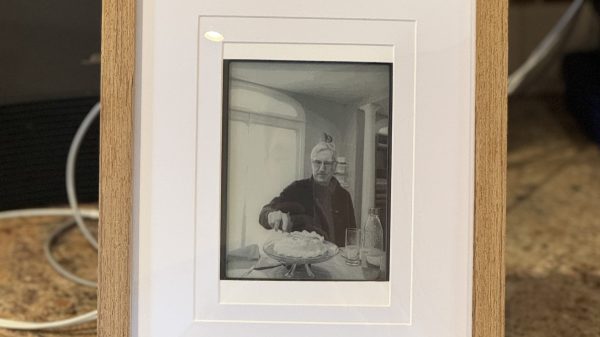
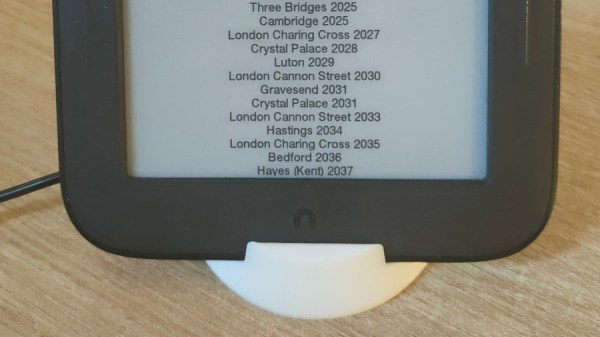
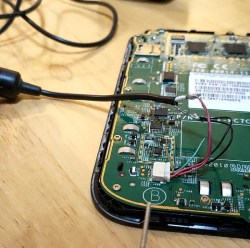 The soft touch layer on the back didn’t go away with help of alcohol, but by sheer luck, an acetone bottle was nearby, and an acetone scrub helped get rid of the unpleasant stickiness. The tablet’s charging circuitry turned out to be unsophisticated – the tablet wouldn’t boot from MicroUSB input, and [Jonathan] wired up 5 volts from a USB cable straight into the battery input. Mind you, this might not be advised, as Lithium-Ion battery range is from 3 volts to 4.2 volts and a regulator would be called for, but [Jonatron] says it’s been working just fine.
The soft touch layer on the back didn’t go away with help of alcohol, but by sheer luck, an acetone bottle was nearby, and an acetone scrub helped get rid of the unpleasant stickiness. The tablet’s charging circuitry turned out to be unsophisticated – the tablet wouldn’t boot from MicroUSB input, and [Jonathan] wired up 5 volts from a USB cable straight into the battery input. Mind you, this might not be advised, as Lithium-Ion battery range is from 3 volts to 4.2 volts and a regulator would be called for, but [Jonatron] says it’s been working just fine.